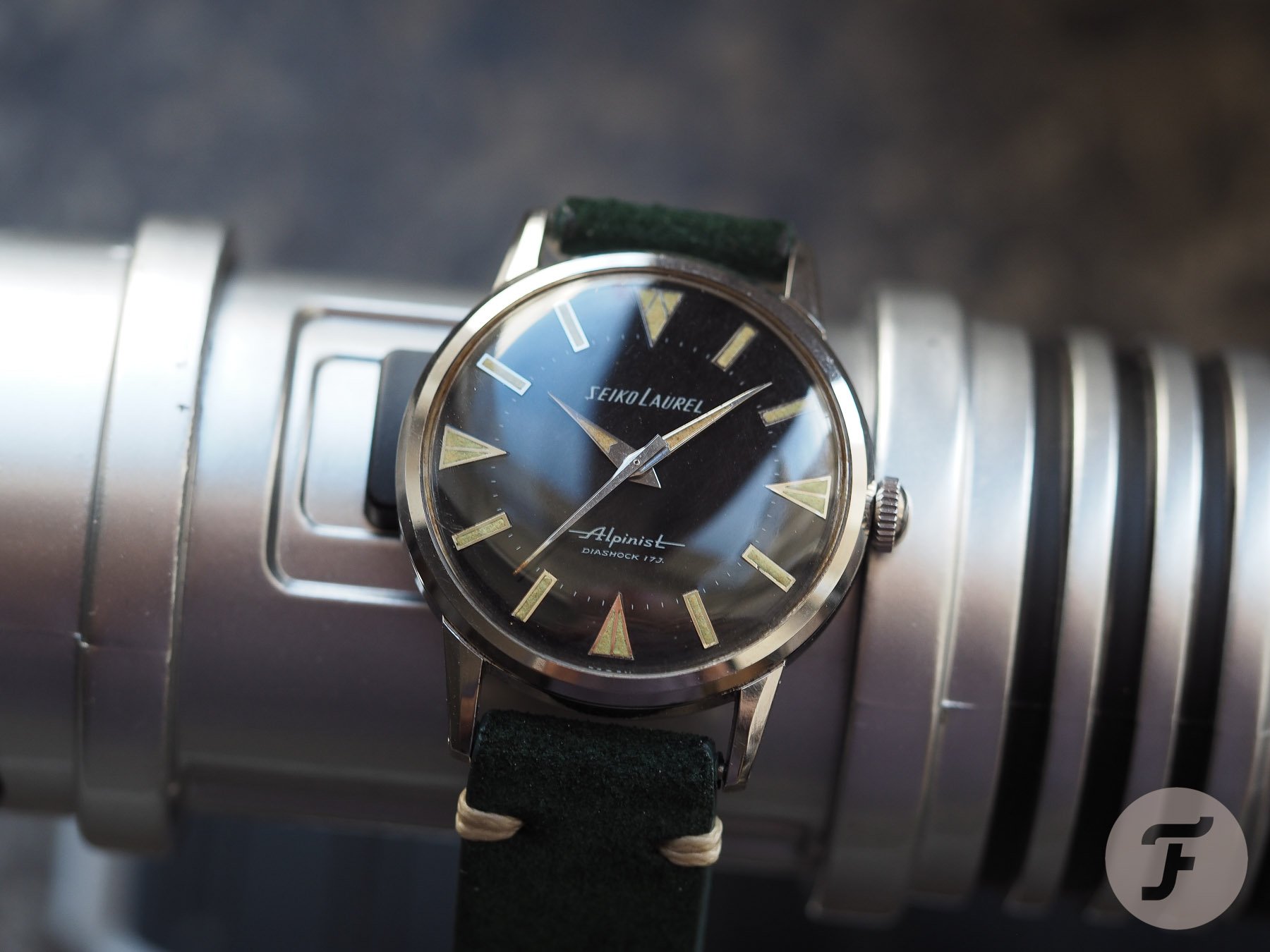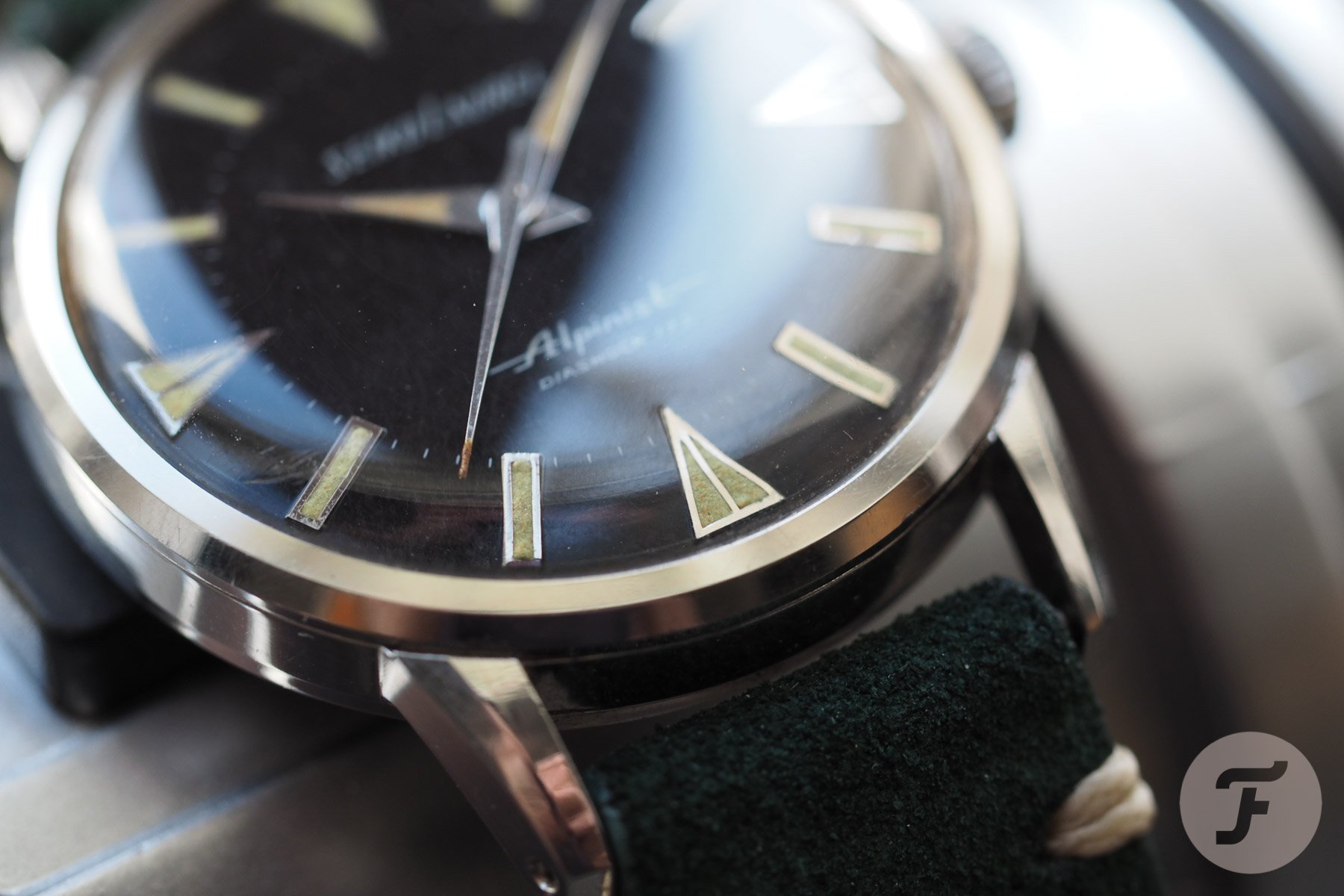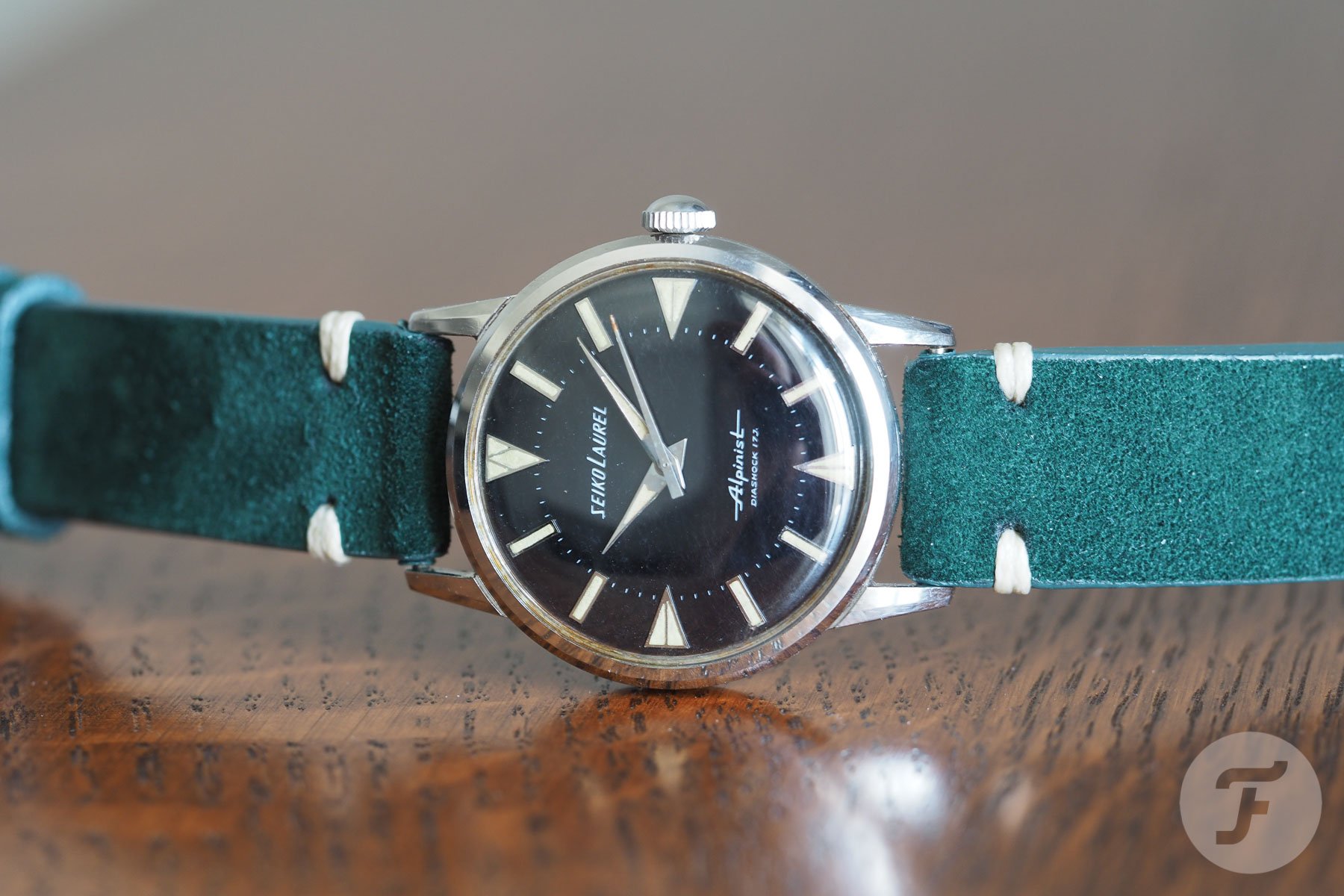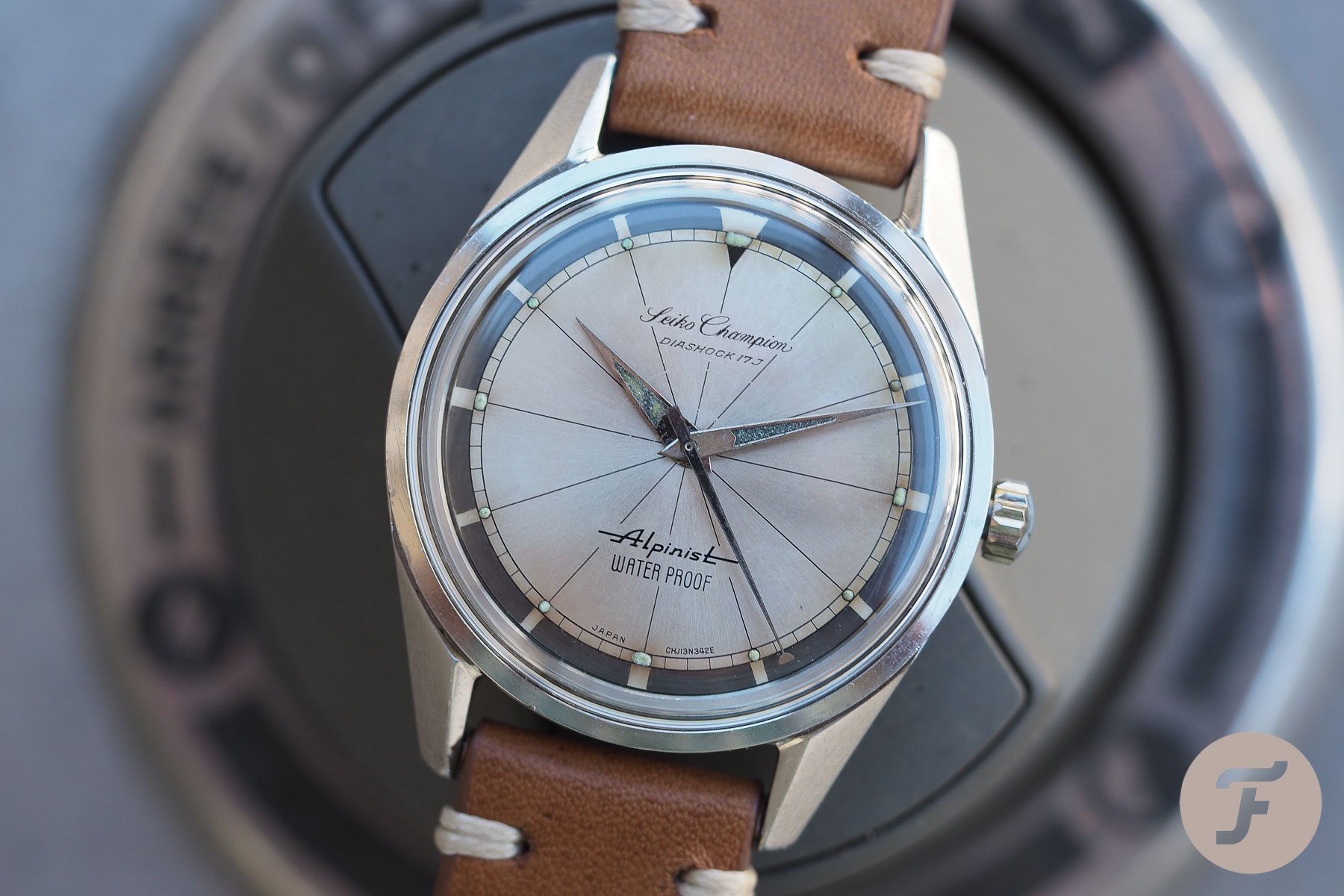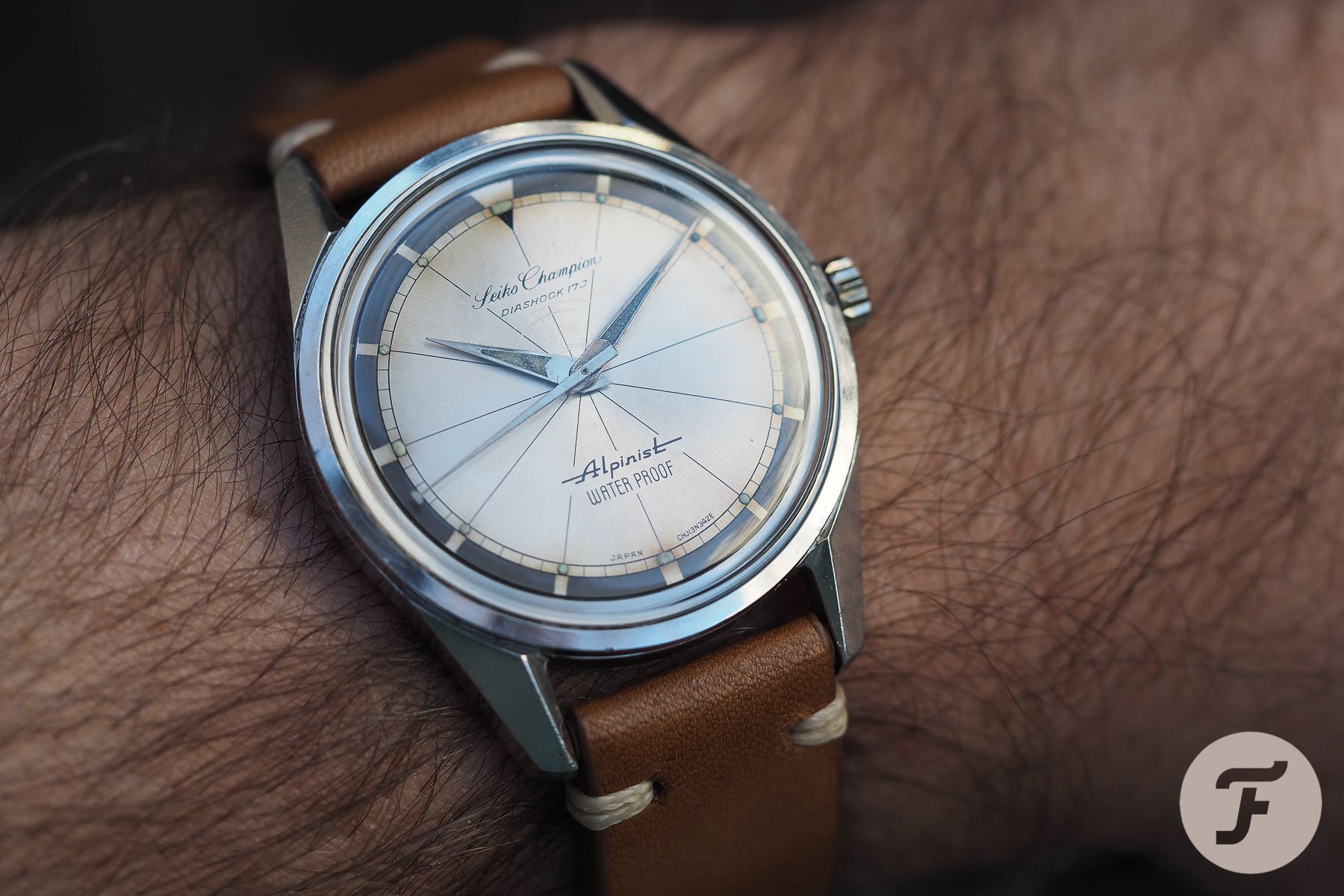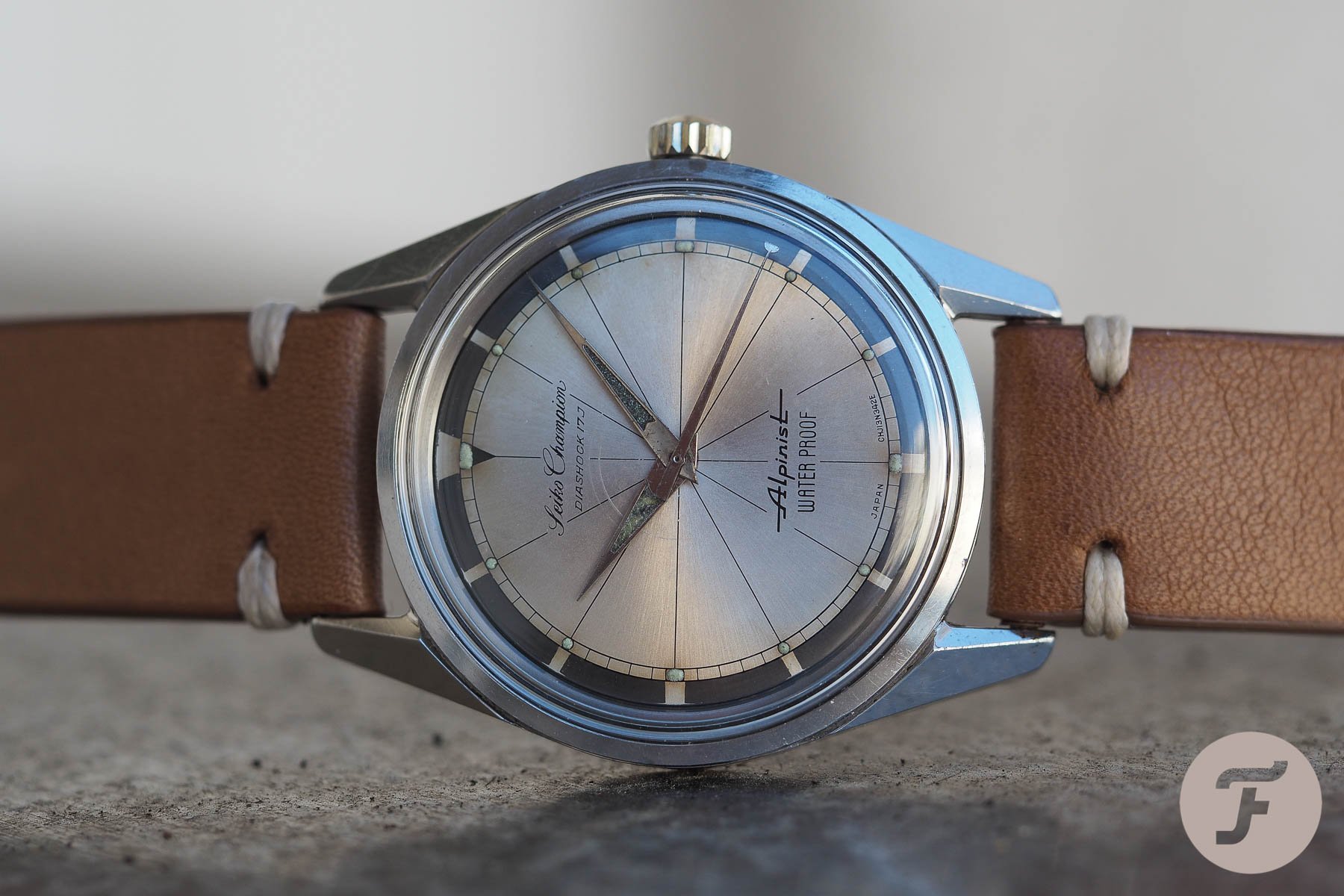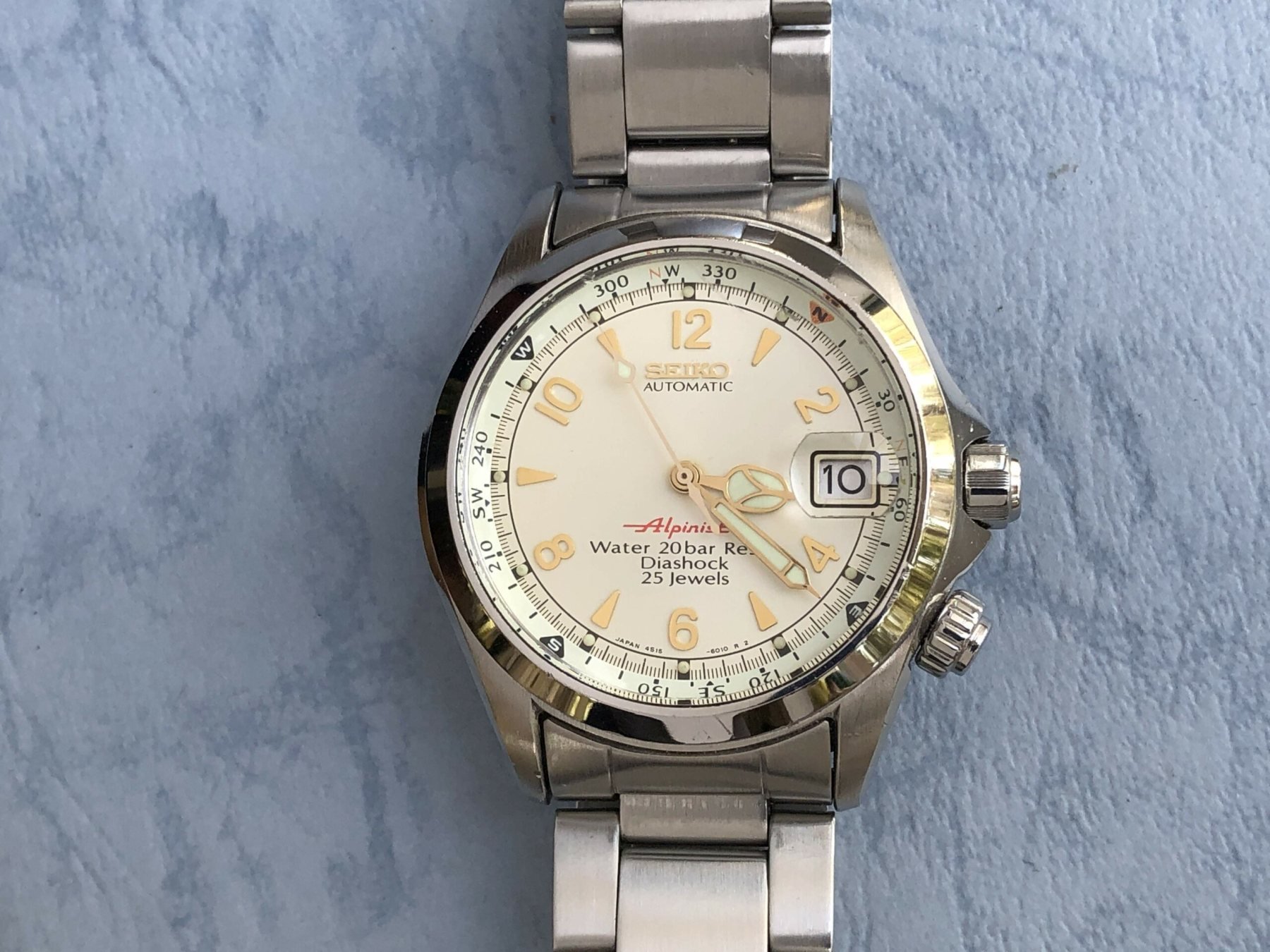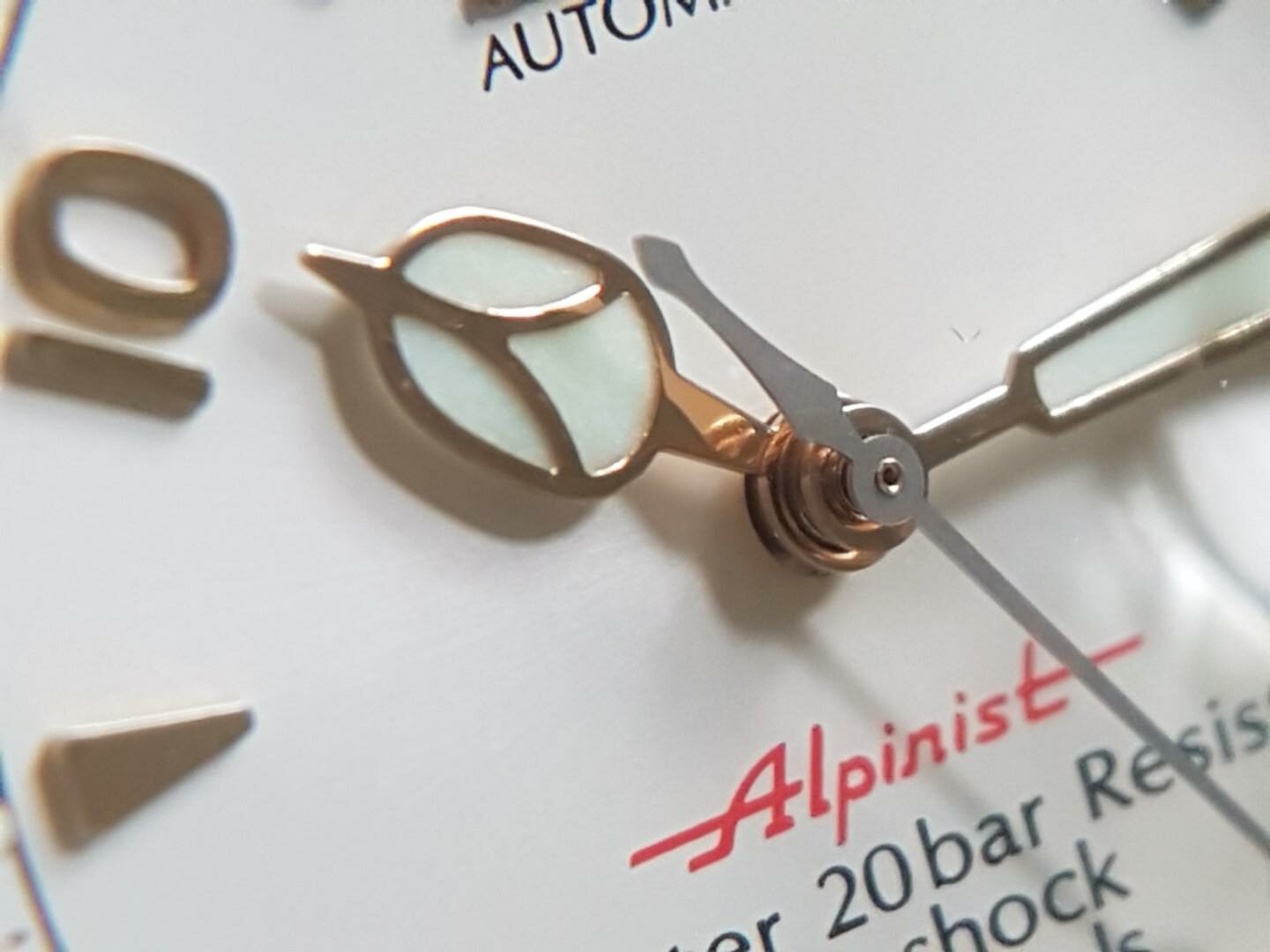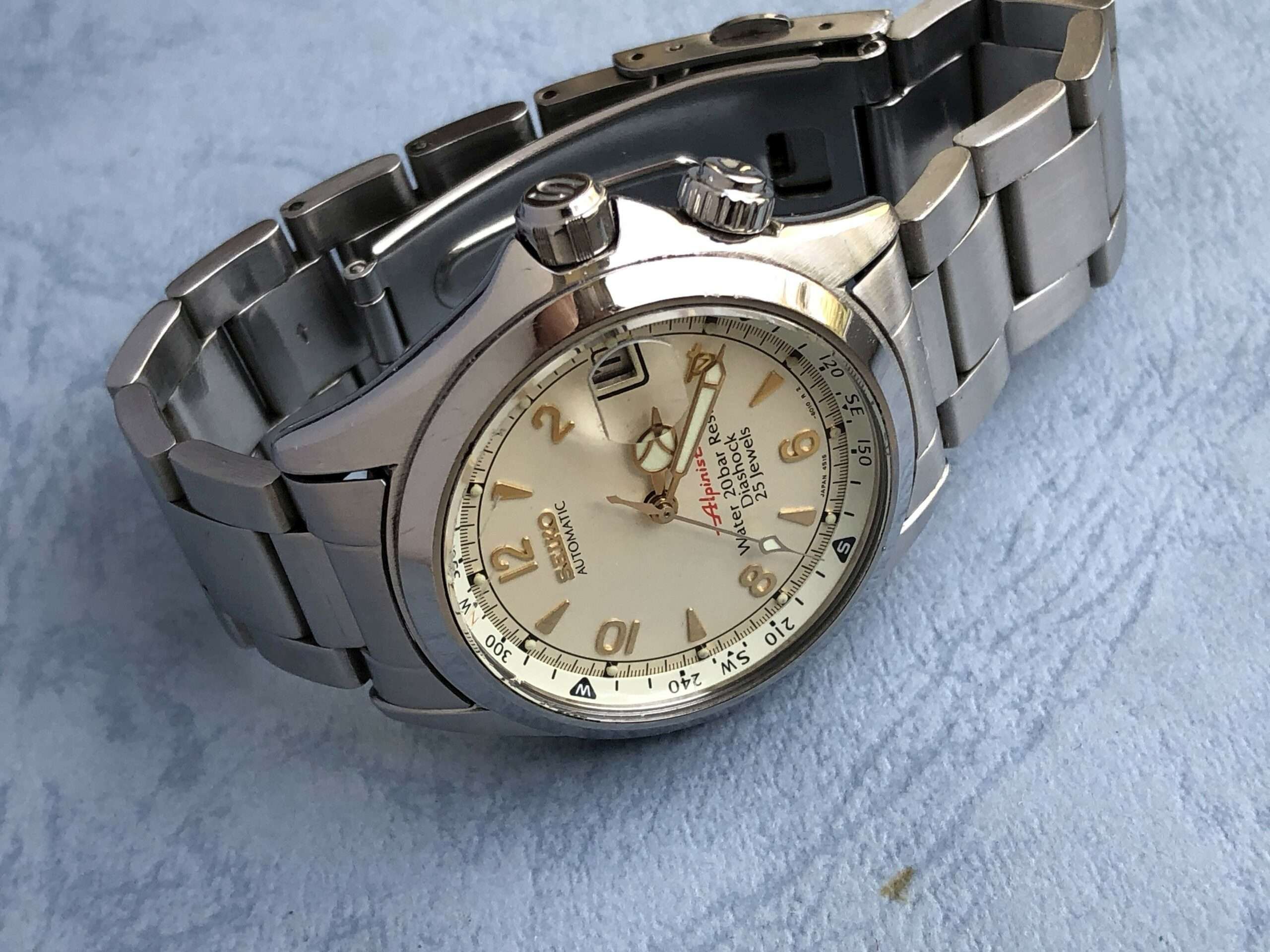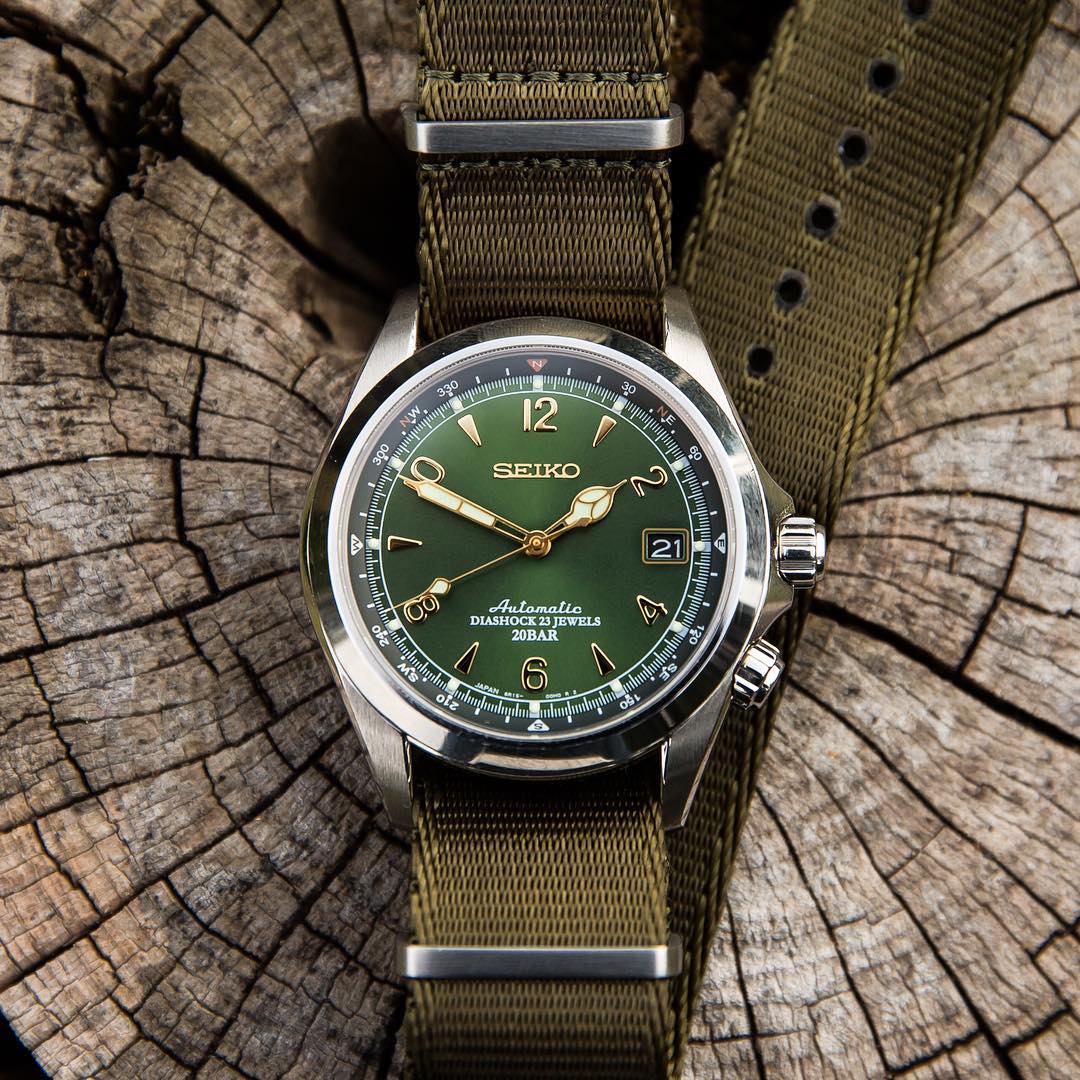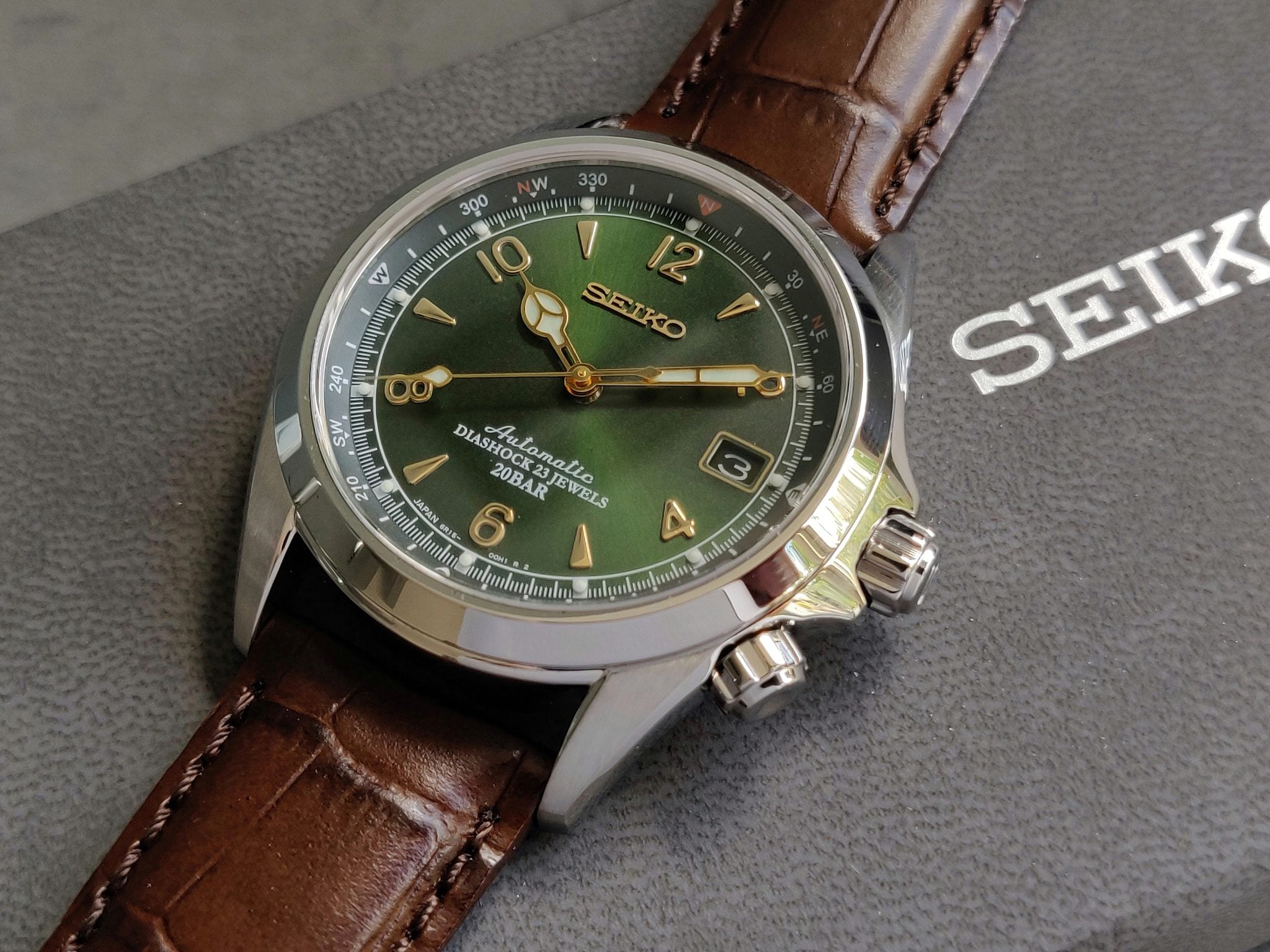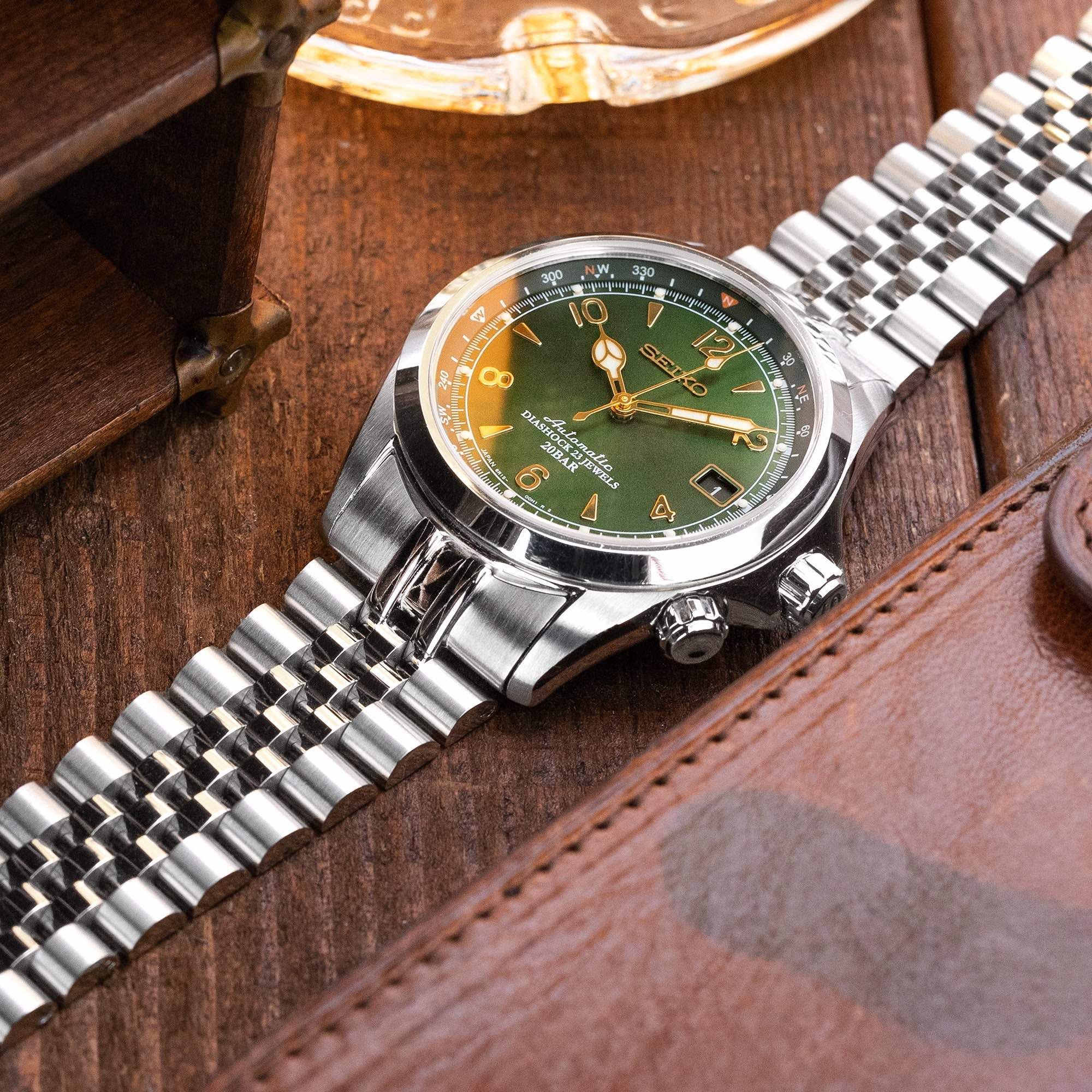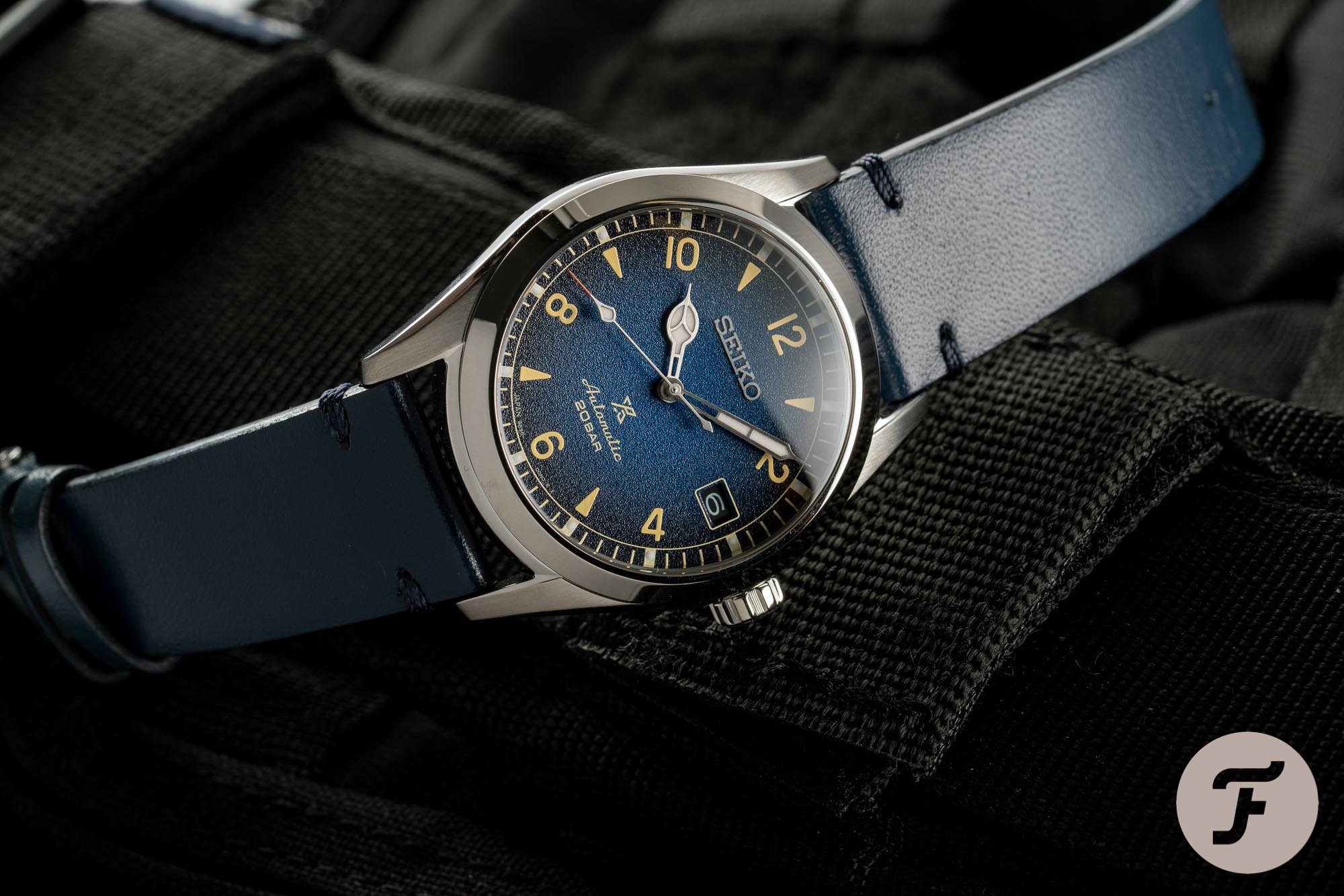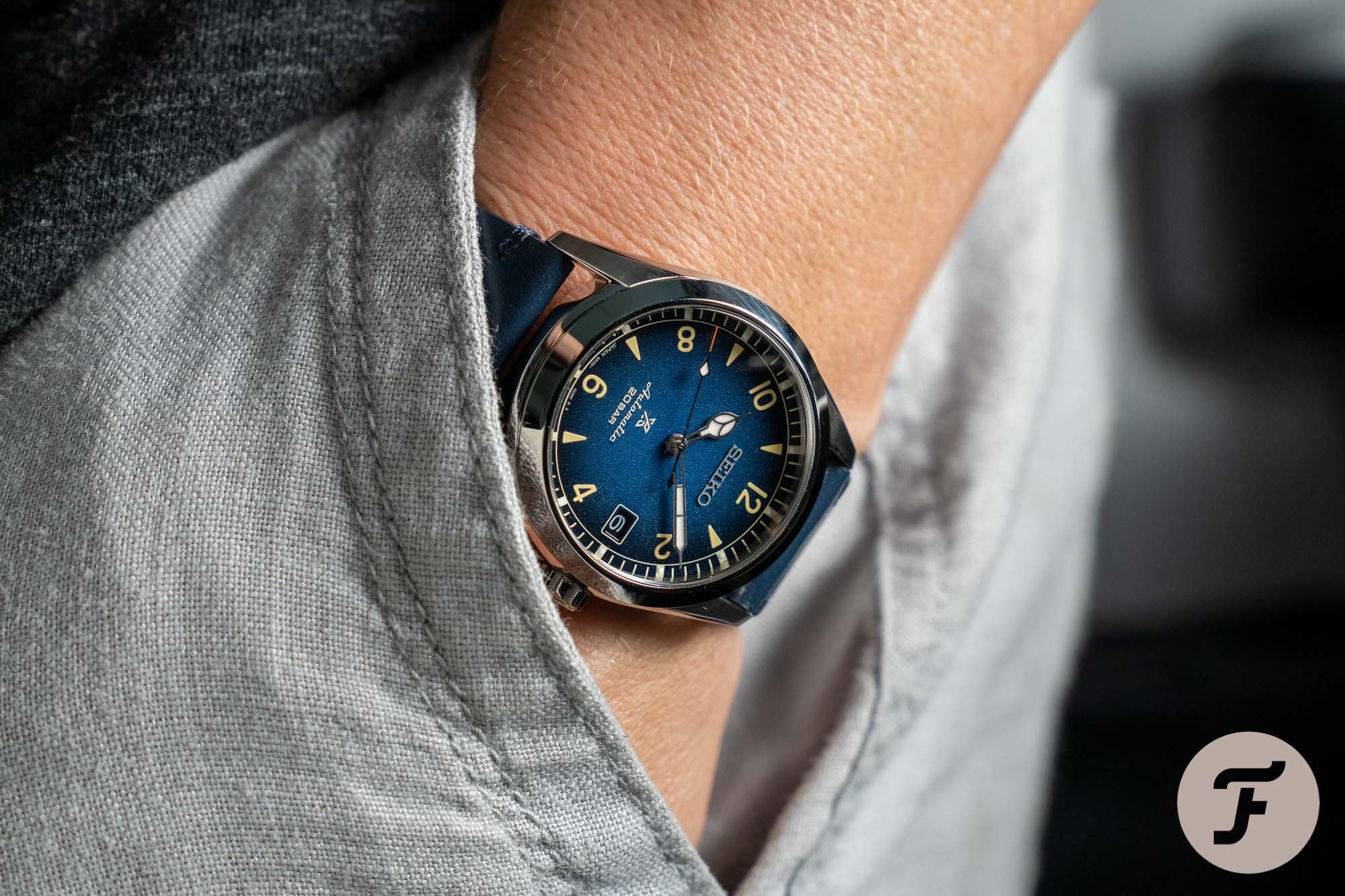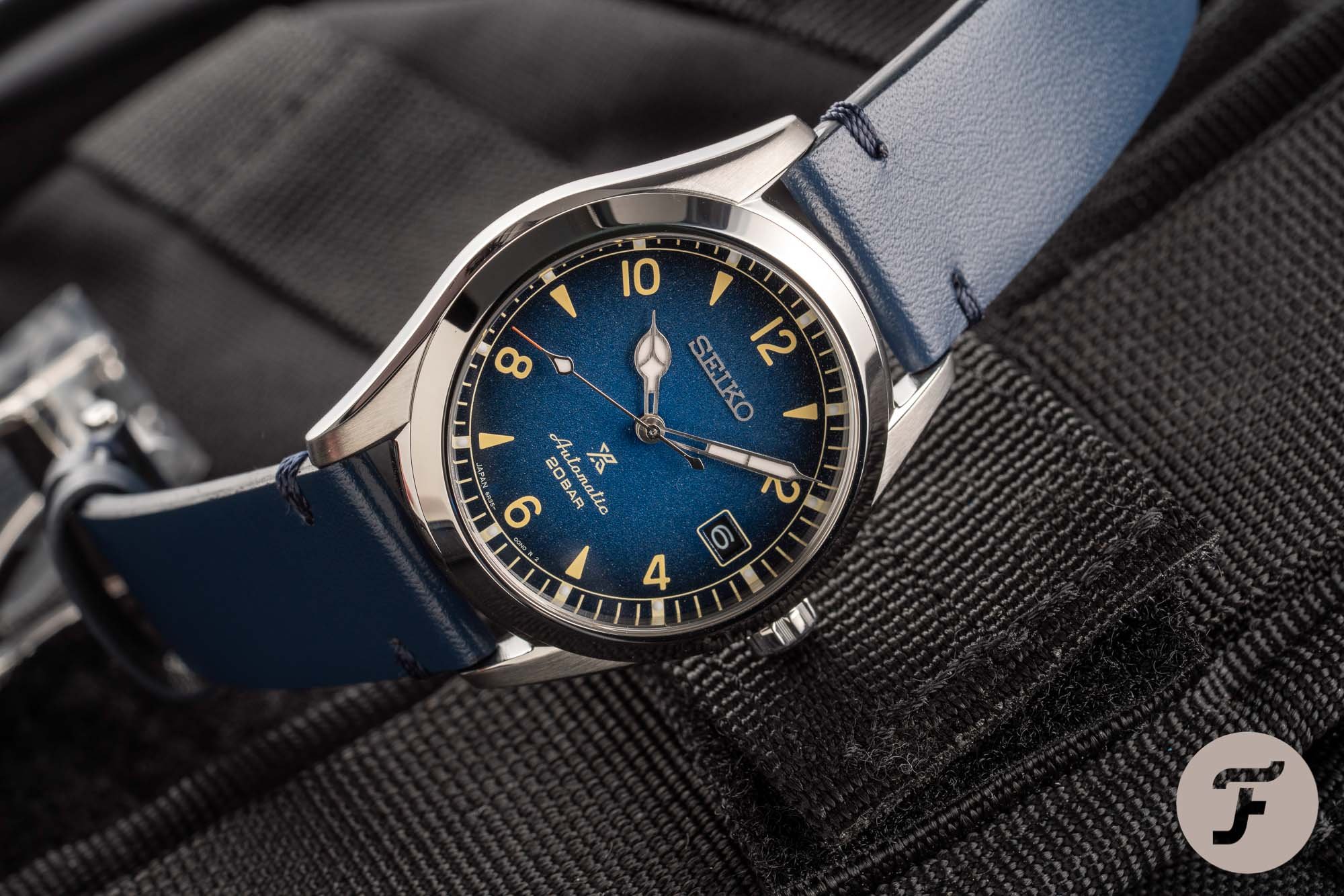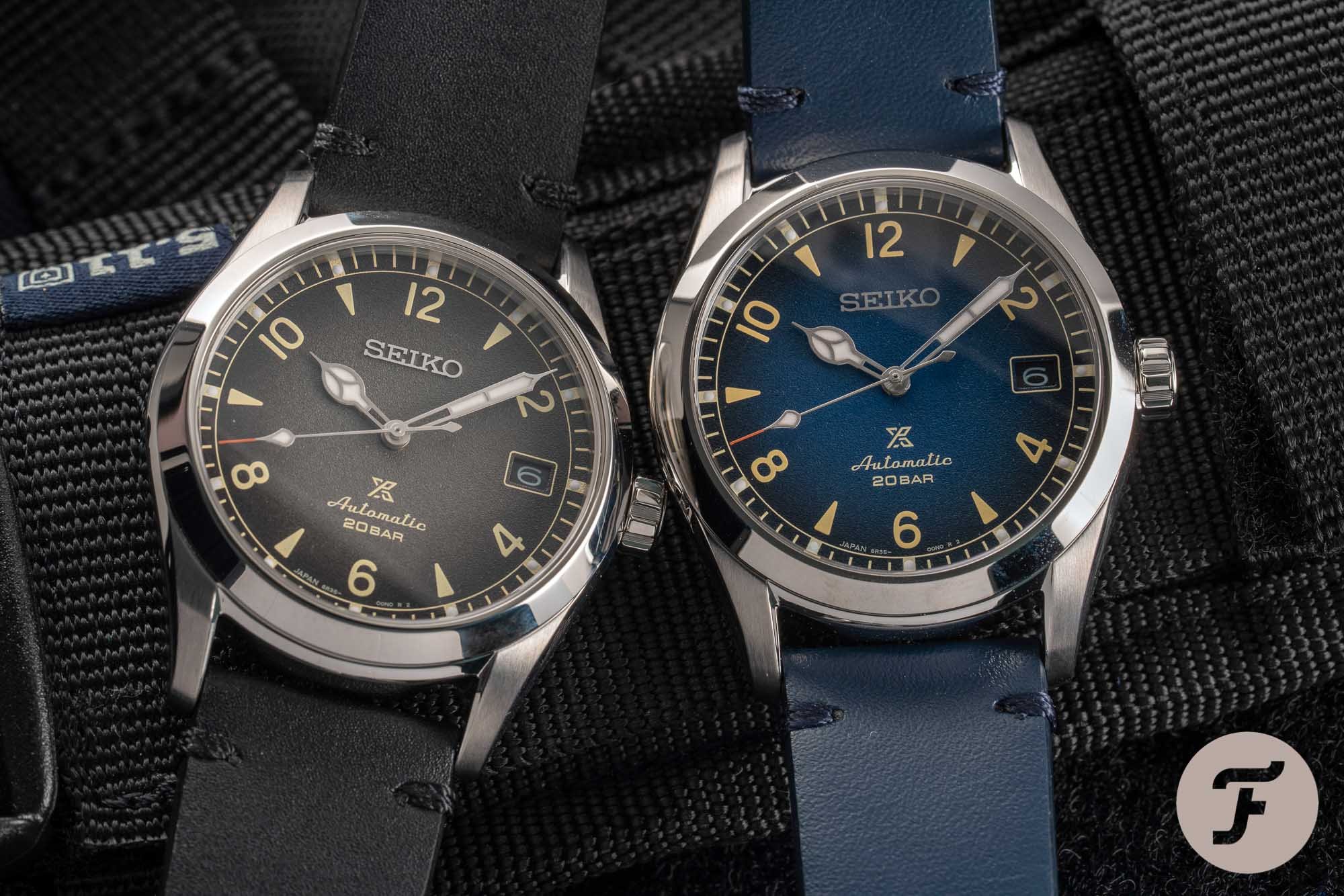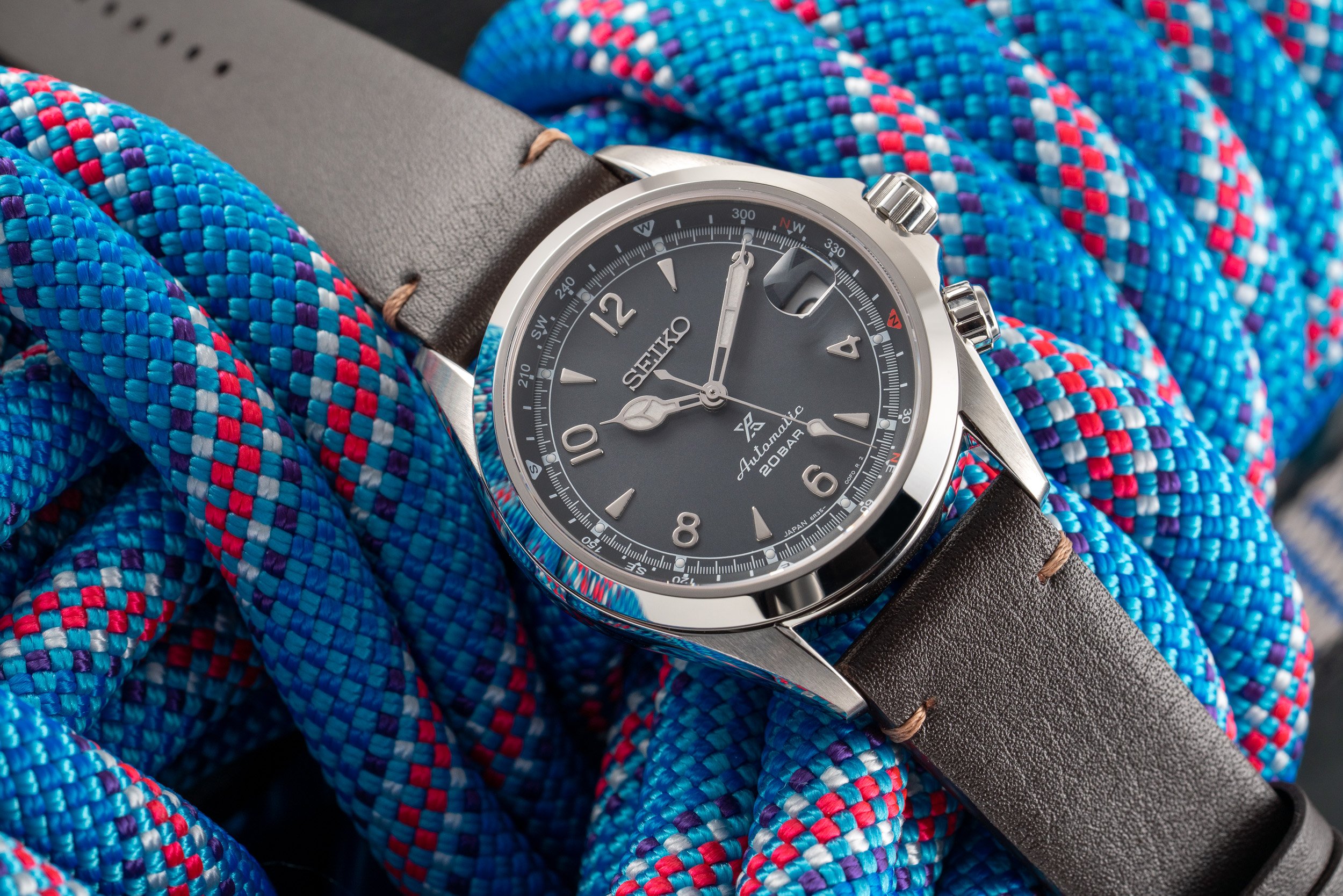Fratello’s Top 5 Seiko Alpinist References Ever Produced
Another Friday, another Top 5! In this series, we take one classic watch and choose our five favorite references ever produced. Four of these references will be based on the historical importance of the specific watch in the grand scheme of things. Though there may be some overlap, it’s not a question of which references are the most collectible or of the highest value on the market. The fifth pick is our Fratello favorite that considers the current market price and collectability, potentially making it a sleeper reference. As such, the last pick could be described as our wild card. This week, we’ll take a look at the Seiko Alpinist. What are the best references in the history of this famous Seiko explorer’s watch?
It’s probably no secret that I love Seiko’s Alpinist series. “Alpinist” is one of the few Seiko model names that is not a nickname but an official designation from Seiko. As such, it is quite refreshing in the world of Seiko reference numbers and fan-given nicknames. And it’s also why I have suggested that Seiko lift all the Alpinist models out of the Prospex collection and make a separate Alpinist line. Not only is it a great opportunity to tell a genuine Seiko story, but the watches would also lose the Prospex logo. Besides being debatable in its style, this logo is, essentially, a symbol associated more with Seiko’s line of professional dive watches. Therefore, the Alpinist models, in my opinion, deserve better. To further back up that wish, it’s time to look at the five best Seiko Alpinist references ever created.
Seiko Laurel Alpinist ref. 14041
The story has to start with the first model, which was the Laurel Alpinist from 1959. Most of you will be familiar with this watch, if not because of the original then quite possibly because of the modern reissue or the reinterpretations that Seiko added to its catalog in 2021. While the modern versions are great timepieces, the true charm of the original is unmatched. It started the great legacy of Seiko’s watch for adventurers exploring the great mountains of our planet. As Mike explained in his article about his Laurel Alpinist, the watch debuted in 1959 to serve the Japanese mountain men, also known as yama-otoko. Besides being the first Alpinist model, it was also the only one to carry the Laurel name, which was generally reserved for dress watches.
The watch features a three-part 35mm stainless steel case with an oversized crown. It was available with a black or white dial that featured large triangular markers for 3, 6, 9, and 12 o’clock and large rectangular markers for the rest of the hours. All of the indices were filled with lume for maximum readability in the dark. Besides the practical aspect, this also gives the dial a lot of character, especially in combination with the “Alpinist” wordmark. At a time when watches were smaller and more refined, the Laurel Alpinist truly stood out.
The beefy case profile with the domed crystal adds even more character to this brilliant piece. Inside the case is a Seikosha 17-jewel manual-winding movement that ticks away at 18,000vph. Overall, the first-generation Alpinists have become sought-after collector’s pieces, especially after the debut of the modern versions of the watch. Consequently, finding one can be tough, and you can expect prices roughly between €1.5K and €3.5K, heavily depending on the condition.
Seiko Champion Alpinist J13043
The second classic Alpinist is from the early 1960s, and it is known as the Seiko Champion Alpinist ref. J13043. As you can see, the simple design of the first Alpinist was replaced by one that was a lot more dynamic and sophisticated. The watch features a different case design that is 35.5mm in diameter. But despite being only 0.5mm wider than the Laurel Alpinist, this watch wears substantially bigger thanks to a 3mm longer lug-to-lug span. The classy looks are mainly due to the brilliant sector dial. As Mike explained in his review, a lot of detail on the dial makes it such a great piece.
Just look at the black outer ring with the hour markers in silver. The markers at 3, 6, and 9 o’clock are wider than all of the other ones. Furthermore, the 12 o’clock marker is a big triangle executed in two colors with lume plots in the middle. All the other rectangular markers feature small lume plots as well, which are placed on a railroad minute track. At first glance, it looks a bit weird, but the level of detail is quite stunning. And it continues with the inner part of the dial with its 12 sections and different font types, including the Alpinist name.
The variety of fonts is something that you will find on many vintage Seiko pieces. It might be an issue if you don’t like the frivolity, but I think it works well. In combination with the sharp dagger hands, it creates a wonderful overall image. Inside the case, Seiko used the same 17-jewel manual-winding movement as the previous model. Depending on its condition, this wonderful classic can be found between roughly €600 and €1,750.
Seiko SCVF007 “Red Alpinist”
The third pick is a personal favorite that I wrote about not too long ago. In the article about the Seiko SCVF007, I pleaded for Seiko to bring back the cream-dial version of the first generation of modern Alpinist models. The so-called “Red Alpinists” debuted in 1995. With this series, Seiko introduced a new aesthetic for the Alpinist. Out went the classic, dressy styling, and in came sportier, more modern looks. Having said that, the design has plenty of classic inspiration so as not to feel like a modern watch per se. The new design came with an updated and elegant 38mm case, cathedral hands, and an additional crown at 4 o’clock to rotate the internal compass bezel.
The watch had a water resistance rating of 200 meters and featured a Sapphlex crystal (a mineral crystal with a synthetic sapphire layer on top) with a magnifier at 3 o’clock for the date window. Another notable feature was that all the variants were available on a stainless steel bracelet. The models introduced in 1995 were the SCVF005 with a black dial with silver chevron indices, the SCVF007 with a cream dial and Arabic numerals in gold, and the SCVF009 with a green dial and Arabic numerals in gold.
Each of the three models has a distinct presence. My favorite is the amazing cream-dial version with the red “Alpinist” text. Inside the case, you will find Seiko’s 4S15 automatic caliber. This movement operates at 28,800vph and has 25 jewels and a 40-hour power reserve. Expect to see prices between €850 and €1,750 for this JDM model.
Seiko SARB017
The next pick is the incredibly popular Seiko Alpinist SARB017. It was one of the three SARB-series Alpinist models that came out in 2006. The first was the SARB013 (cream dial), the second was the SARB015 (black dial), and the last was the SARB017 (green dial). These JDM-only models became highly desirable for Seiko fans worldwide. The three watches shared the looks of the Red Alpinist models, but there were distinct differences too. First, the cases increased from 38mm to 39.5mm in diameter. Secondly, the Alpinist name disappeared and was replaced with “Automatic.”
Additionally, the movement got an upgrade to the caliber 6R15 with 50 hours of power reserve. The crystal was also updated to sapphire, and the date magnifier was removed, creating a very clean look. While all three models were great releases, the SARB017, with its sunburst green dial and gold details, was the most popular by far. The balance of colors in combination with the charming good looks of the case, dial elements, and hands created something quite special in the watch industry.
That is why the Seiko SARB017 was and still is widely sought after by fans who do not want the modern Prospex versions of the watch. Expect to see prices for one starting at roughly €550 and moving up to €1,500. If you search well enough, you can even buy a new one, and you’ll have one of the most popular Alpinist models out there.
Seiko Prospex SPB157J1
The last pick is the Seiko Prospex SPB157(J1), part of the series we also know as the “Baby Alpinist.” The series was introduced in 2020 with three new models — SPB155 (green), SPB157 (blue), and SPB159 (gray). Some wonder whether this is a true Alpinist because it does not feature the compass bezel. But while that is a defining feature of the modern Alpinist, the Alpinist name represents a much broader context. With its recognizable style, the Baby Alpinist is a perfect smaller version of its bigger brother that serves as a great addition to a series of explorer’s watches.
Now, why did I pick the blue version? Simply because it is not a standard Alpinist color. On top of that, I love the combination of the blue dial with the fauxtina-like printing. But this is merely a personal preference as all the Baby Alpinist models have a charm of their own. But what they have in common is that they are the perfect smaller modern addition to the Alpinist lineup.
As a reminder, the Baby Alpinist features a 200m-water-resistant case measuring 38mm wide, 12.9mm thick, and 46mm from lug to lug. The dial is easier on the eye without the compass bezel, but the recognizable style is definitely there. The painted Arabic numerals with vintage-inspired lume dots, the cathedral hands, and the characteristic case shape make this unmistakably an Alpinist.
This series is powered by Seiko’s self-winding caliber 6R35, and the blue SPB157 comes on a blue leather strap for €690 (the green SPB155 is available for €750 on a bracelet). This buys you a greatly versatile watch that many owners love. Among them is Fratello’s Vincent Deschamps, who wrote about his SPB159 and tells you all you need to know to recognize its charm.
Final thoughts
There you have it — five of the greatest Seiko Alpinist references according to us. But we realize you might not agree with all the picks for this list. Would you have rather seen the GMT versions from the early 2000s that are known as the 8F56 models? Rumor has it that we might see these return soon. Or maybe you prefer the US-exclusive SPB089 from 2019 or the two European “Mountain Glacier” and “Mountain Sunset” special editions from 2021. That’s why we would love this to be the start of a bigger discussion. Let us know your picks for the most relevant references in the development of the Seiko Alpinist series. We will see you next week for another Top 5 list of references for a different classic watch.

